Cost of living in Japan: Food, transport, and more
Are you planning to move to the land of the rising sun? Find out what the cost of living is in Japan and what budget you should plan on to cover your expenses.
Are you searching for a new destination to live temporarily or even permanently? Would you like to immerse yourself in Asian culture, learn a new language, and try unique cuisine? Japan could be a great choice. Moreover, for digital nomads, international students, and remote workers, it offers many opportunities. But before moving, you should calculate how much money you’ll need for food, health, rent, services, and more. In this guide about the cost of living in Japan, you’ll find all the details you need to organise your budget and enjoy your stay.
The “land of the rising sun” can feel expensive or affordable, depending on perspective. For instance, Tokyo is among the world’s priciest cities, with small central flats renting for about $1,500 (€1.432). Meanwhile, cities like Fukuoka or Sapporo are far more affordable, letting you live on half Tokyo’s budget. Eating out can also be cheap, sometimes even cheaper than cooking at home. Local restaurants and street food stalls serve quality meals at low prices. Transport, meanwhile, ranks among the world’s most efficient, though it has a cost (a monthly Tokyo pass exceeds $100 (€95.50)).
So, is Japan unreachable or an achievable experience? Discover how much it costs to live in Japan and learn how to adapt your budget in this country that offers absolutely everything.
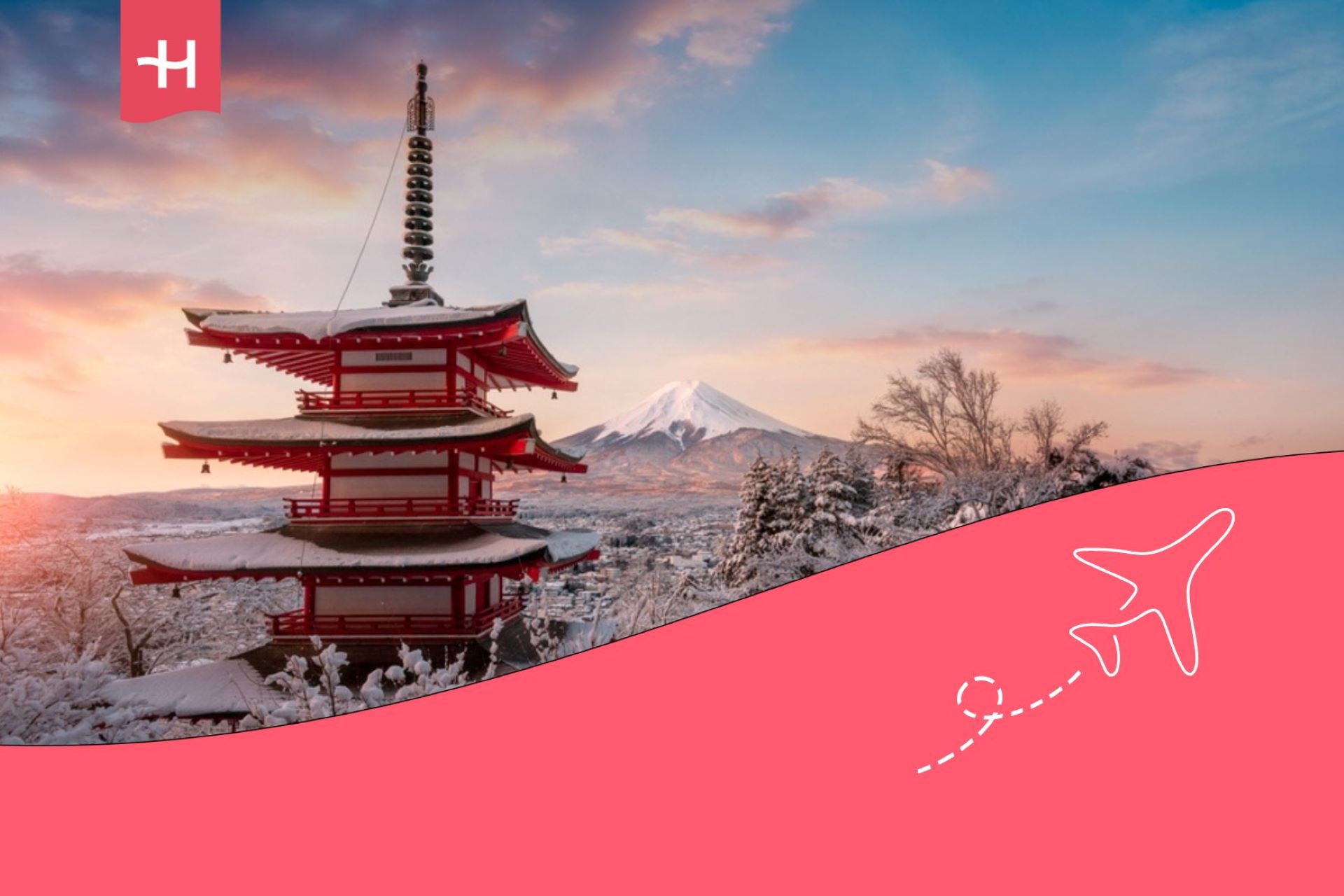
Average housing costs in Japan
Before analysing living expenses in Japan, let’s quickly talk about its currency, the Yen (¥, JPY). Always carry local currency, although dollars and euros are also accepted. Credit cards work in hotels, restaurants, and major shops, but rural areas or small towns rarely accept them. Instead, Japanese people often use Suica and Pasmo cards, valid for both transport and many services.
Now, let’s see how accommodation affects your budget. Japan offers a wide range of options for different travel styles. Prices vary a lot between cities. Tokyo and Osaka lead as the most expensive, while staying in Sapporo, Fukuoka, or Nagoya is much cheaper.
Here’s a breakdown of popular housing options and their prices:
Hotels
Hotels aren’t the best choice for long stays. A month in a business hotel in Tokyo costs $1,800–3,000 (€1.719–2.865). In secondary cities, the price drops to $1,200–2,500 (€1.146–2.387), with possible long-stay discounts.
Furnished apartments
They’re practical for long-term stays. A one-bedroom flat in central Tokyo rents for $1,200–2,500 (€1.146–2.387). In Osaka and Kyoto, prices range $900–1,800 (€859–1.719). In Fukuoka, Sapporo, and Nagoya, monthly costs fall between $700–1,500 (€668–1.432).
To save, choose outer neighbourhoods. For example, flats near Shinjuku are pricier than apartments in more distant areas.
Co-living
Shared housing is ideal for digital nomads and remote workers. It includes all services. In Tokyo, coliving costs $600–1,200 (€573–1.146) monthly. In Osaka or other large cities, expect $500–1,000 (€477–955). In smaller cities, prices drop to $400–800 (€382–764).
Airbnb
Airbnb is good for short stays, though furnished flats or coliving are cheaper for longer visits. In Tokyo or Osaka, nightly rates run $60–150 (€57–143).
Monthly stays cost $1,500–3,500 (€1.432–3.342) in Tokyo, and $1,200–2,500 (€1.146–2.387) in Osaka. In mid-sized cities, monthly rates drop to $900–2,000 (€859–1.910).
Weekly mansions
These temporary flats are very popular in Japan. They allow stays from weeks to months, mixing hotel and apartment features. They suit travellers and nomads avoiding long contracts. In Tokyo, expect $1,600 (€1.528) monthly for a central area. Secondary cities are significantly cheaper.
So, Tokyo is clearly Japan’s most expensive city for accommodation. While it’s attractive, Kyoto and Osaka offer similar opportunities, relaxed lifestyles, and good connectivity. Another tip: book at least three months in advance for hotels or Airbnb, and avoid national holidays like Golden Week.
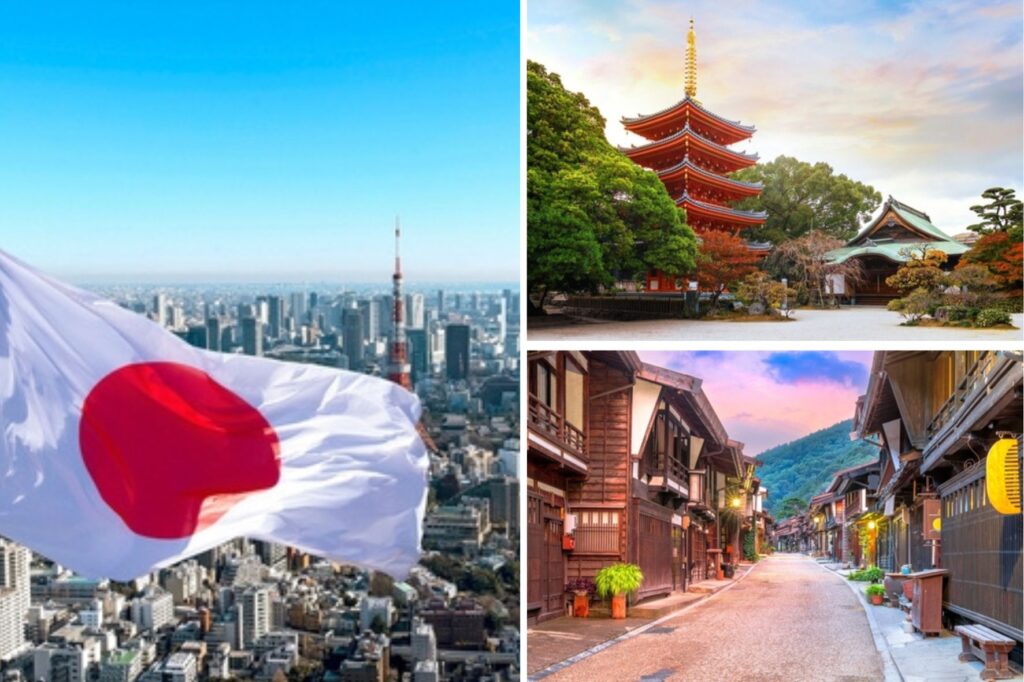
Cost of living in Japan: Food and drinks
Shopping for food and drinks in Japan is an experience itself. Options range from local markets to large supermarket chains like Aeon and Ito Yokado. Their prices can be 10–15% cheaper than konbini (convenience stores).
Here’s a list of average prices at major supermarkets, to help you see their impact on the cost of living in Japan:
- 1 litre of whole milk: $1.47 (€1.40)
- Dozen eggs: $2.17 (€2.07)
- 500 g chicken breast: $4.00 (€3.82)
- 500 g pasta: $1.20 (€1.15)
- 100 g beef: $3.00 (€2.87)
- 1 kg rice: $3.50 (€3.34)
- 100 g chocolate: $1.50 (€1.43)
- 250 g coffee: $5.00 (€4.78)
- 1 kg tomatoes: $4.00 (€3.82)
- 1 kg potatoes: $3.15 (€3.00)
- 500 ml local beer: $2.00 (€1.91)
- 1 bottle good quality red wine: $9.00 (€8.60)
- 2 litres Coca-Cola: $1.50 (€1,528)
Is eating out in Japan expensive?
No, eating out isn’t necessarily expensive, especially in konbini, ramen shops, or Japanese fast-food chains like Sukiya, Yoshinoya, and Matsuya. In fact, sometimes it’s cheaper than cooking at home. Rotating sushi restaurants, known as kaitenzushi, are also a very popular option in Japan. In these places, sushi dishes are served on a conveyor belt that passes by every table.
Examples include:
- Breakfast at a Kombini Onigiri + drink $2.30 (€2.20).
- Daily set menu (rice, soup, salad, grilled fish): $8.00 (€7.64).
- Ramen in a standard shop: $6.50 (€6.21).
- Dinner at conveyor-belt sushi: 10–12 pieces + soup: $13.40 (€12.80).
A few tips: Eating in districts like Ginza or Roppongi (Tokyo) can be 25% pricier. Imported goods like cheddar cheese or red wine are luxuries with much higher prices. Premium items like Koshihikari rice also cost more. Kaitenzushi offers cheaper meals than traditional sushi restaurants and is also a novel experience for tourists.

Cost of Living in Japan: Is transport expensive?
Transport significantly impacts Japan’s living costs, particularly in Tokyo. Of course, the public system is exceptional. The bullet train is a national pride, and the metro moves millions daily. But how much does travelling cost? It depends on transport type, distance, and location. Here are estimated prices:
- Single metro ticket (Tokyo/Osaka): $1.20-2.30 (€1.15-2.20)
- Monthly metro/train pass: $70.00-107.00 (€67.00-102.00)
- Single bus ticket: $1.40-2.10 (€1.34-2.00)
- Japan Rail Pass (7 days): $350.00 (€334.00).
- Taxi base fare (Tokyo): $3.50–5.00 (€3.34–4.78).
- Additional km: $2.10-3.15 (€2.00-3.00)
- 1 litre regular petrol: $1.15-1.25 (€1.10-1.19)
- Monthly bicycle rental: $14-21 (€1.15-2.20)
- Daily bicycle rental: $7.50-10 (€13.37-20.00)
- Mandatory car insurance: $175-280 (€167.00-267.00)
Things to remember about Japan’s transport system:
- If commuting daily, buy a monthly pass to save money.
- Suica/Pasmo cards give 5% discounts on train and metro tickets.
- Avoid rush hour. Between 10 am and 4 pm, fares are cheaper.
- Taxis cost more than in many countries but offer excellent service. Uber doesn’t work everywhere and can be pricier than taxis.
- Prioritise cycling, strongly promoted across Japan.
- Car insurance is mandatory, so include it as a fixed monthly expense.
- The Japan Rail Pass is only valid for foreign tourists.
Cost of living in Japan: Healthcare
Healthcare often concerns people moving abroad. Japan has one of the world’s most advanced and accessible systems, offering quality nationwide. All residents, including foreigners with medium- or long-term visas, join public healthcare covering 70% of costs. Tourists or short-term visitors should buy insurance, or they’ll face very high medical bills.
How much is health insurance in Japan? A basic private plan costs $50–70 (€47.77–66.87). More comprehensive policies rise to $200 (€191.00). Without insurance, a simple consultation costs up to $70 (€66.87), a day in hospital $150–340 (€143.30–324.81), and appendicitis surgery up to $7,000 (€6.687). As you see, costs are high. If travelling briefly, buy health insurance, or your finances may suffer.
Internet and call plan prices
Besides top healthcare, Japan has one of the world’s fastest, most advanced internet networks. Fibre connections and mobile data provide excellent speeds at competitive rates compared with other developed countries.
Most providers offer 1 Gbps internet for $32.00–46.00 (€30.00–44.00). NURO Hikari is the most expensive, with speeds up to 10 Gbps for $35.00–50.00 (€33.44–47.77).
For mobile, the main carriers are SoftBank, NTT Docomo, and au (KDDI). However, if you are looking for more affordable options, Rakuten Mobile can be a good alternative. The three main providers usually offer plans ranging from $45.00–65.00/month (€43.00–62.10), including unlimited minutes and data packages of around 50–60 GB. Rakuten plans cost $21.00–35.00 (€20.00–33.44).
If you’re a traveller or digital nomad, choose Holafly’s monthly plans. For only $64.90 (€59.06), you’ll get unlimited global data. This means if you leave Japan to explore Asia, you keep the same plan without buying new eSIMs. You’ll also enjoy fast speeds and zero roaming fees, making Holafly an excellent choice for internet in Japan and worldwide.
Important: If you are a frequent traveler and want to stay connected without worrying about expensive roaming or looking for a new SIM at every destination, Holafly’s subscription plans are for you. With a single eSIM, enjoy internet in more than 160 countries for a fixed price and no surprises on your bill. Travel without limits and connect easily and securely! 🚀🌍

Cost of leisure in Japan
Leisure and entertainment also influence Japan’s cost of living. Options range from free museum visits to $2,000 (€1.910) VIP sumo tickets in Ryogoku. Japan’s culture is astonishing. From ancient temples to modern stadiums, exploring the country demands part of your budget, but it’s worth it.
Free attractions include:
- Tokyo National Museum: free first Sunday monthly.
- Kyoto Museum of Modern Art: free permanent exhibitions.
- Senso-ji (Tokyo) and Fushimi Inari (Kyoto).
- Ueno Park (Tokyo), great for cherry blossoms.
- Sumidagawa Hanabi Festival (Tokyo), featuring fireworks.
Sumo is one of Japan’s great entertainments. General entry costs $25.00–40.00 (€24.00–38.00). A VIP box for four costs about $2,000 (€1.910). For peak seasons (January, May, September), book three months ahead.
Other popular attractions:
- Universal Studios Japan (Osaka): $65.00–83.00 (€62.00–79.00).
- Fast access to Super Nintendo World: $37.00 (€35.00).
- Sushi class: $40.00–80.00 (€38.00–76.00).
- Tea ceremony: $17.00–33.00 (€16.00–31.50).
- Kimono rental: $30.00–60.00 (€29.00–57.00).
- J-Pop concert: $20.00–200.00 (€19.00–191.00).
Nature lovers will also enjoy Japan’s 34 national parks, many with free access. For instance, Fuji-Hakone-Izu National Park (Kanto) offers hot springs and iconic peaks. Shiretoko National Park (Hokkaido) lets you observe wild bears up close.
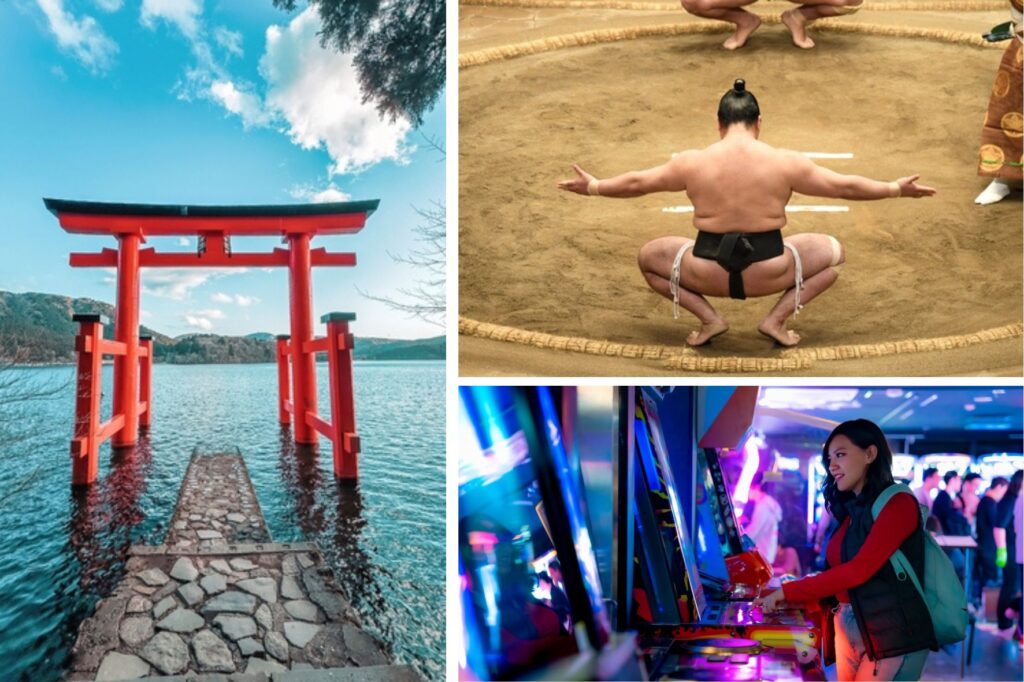
As you can see, the cost of living in Japan depends heavily on your chosen destination. Prices in Tokyo rival Europe’s most expensive cities. To save, choose smaller or less touristy cities, or even villages, which also give more authentic experiences. Either way, your stay will be unforgettable.
Cost of living in Japan: FAQs
Tokyo and Osaka are Japan’s most expensive cities. However, alternatives are far cheaper. Living costs drop if you choose Fukuoka, Sapporo, Hiroshima, Okayama, Nagoya, or Kanazawa.
Compared with Europe, cars are cheaper in Japan. However, prices are higher than in the US. A basic Toyota Corolla costs $14,000–17,500. An electric car like the Nissan Leaf is about $30,000.
Which taxes and insurance should I consider when moving to Japan? Taxes and insurance affect Japan’s living costs. Income tax is 5–45%, depending on earnings. Municipal tax is 10% yearly, payable in instalments. Optional home insurance costs $13.00 (€12.42) monthly.
Living in Japan costs about $2,000 monthly in secondary cities, enough for a standard lifestyle. In Tokyo or Osaka, budgets rise to $3,000 minimum, covering housing, food, services, insurance, and transport.









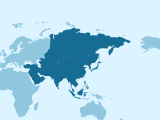




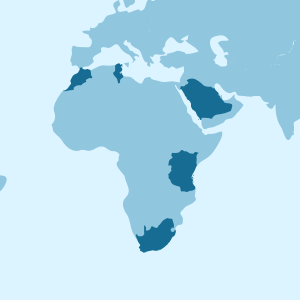



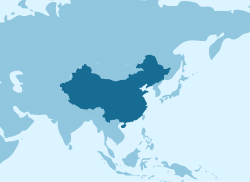




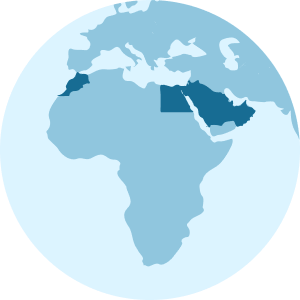














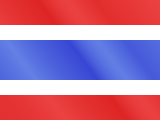







 Pay
Pay  Language
Language  Currency
Currency 


















 No results found
No results found






